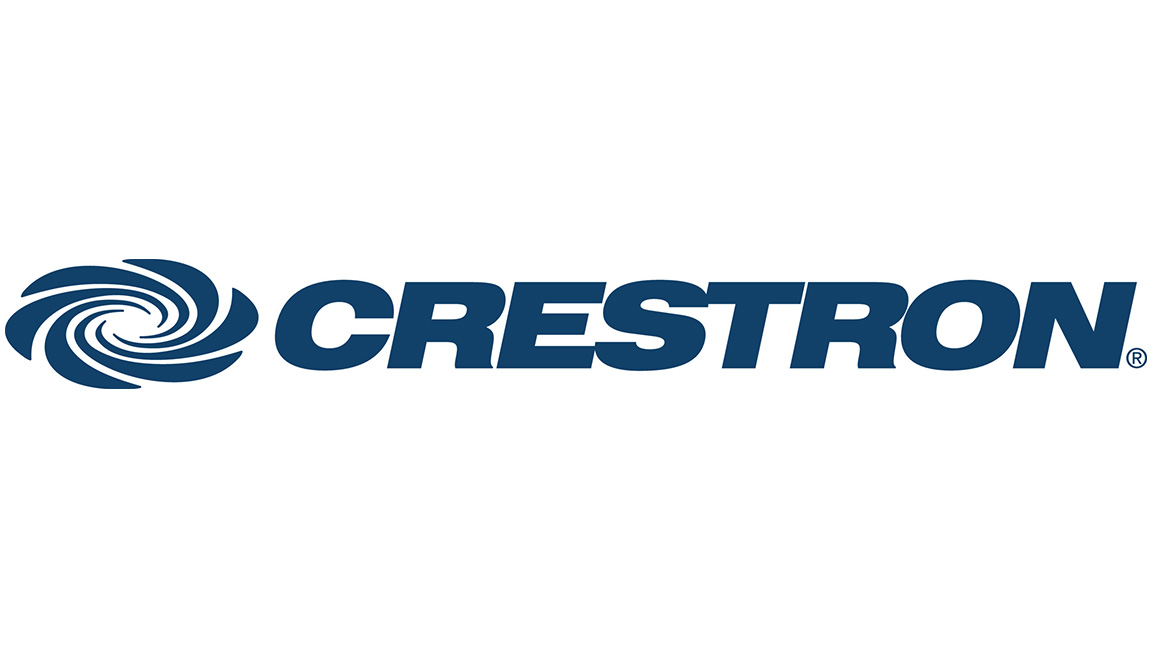Crestron Electronics unveiled the findings of a new research report covering the modern workplace experience. The report, titled Tackling the Modern Workplace by the Numbers, explores employee behaviors and preferences in a hybrid workplace, the technology tools and solutions they need and lack, and what employers are (and could be) doing to enable more consistently productive collaboration remotely and in-office.
The data show that 84% of employees regularly have at least one remote participant in their meetings. One person joining a meeting differently than everyone else changes the entire dynamic of that meeting, and findings indicate that many meeting spaces are not yet adequately equipped to accommodate that change, which seriously hinders productivity and meeting equity. To address this urgent business need, a large majority of IT managers responded that they are prioritizing flexible and scalable technology solutions that enable productive and equitable collaboration experiences for employees wherever they work, especially now that rates of hybrid work have mostly stabilized.
[Supply Chain Issues: Here's How Crestron Is Handling Them]

“The findings of this report reveal that for the first time in years, we have a reliable sense of what to expect from the enterprise workplace in terms of where work is done and how meetings have to be held,” said Brad Hintze, executive vice president, global marketing, Crestron. “If every meeting isn’t equipped to be hybrid, the data unequivocally shows teams will experience challenges in staying connected to each other, to leadership, and to the company culture, no matter where they’re working.”
The survey data within the report were compiled in partnership with SMG, whose researchers sourced perspectives on the modern workplace experience from more than 800 mid-level employees and more than 500 IT leaders.
Key Findings from Tackling the Modern Workplace by the Numbers:

- Hybrid meetings create distinct complexities for IT managers and employees who are interacting with collaborative technologies, regardless of where they are working.
- Workspaces must always be equipped for hybrid participation. The data show that a vast majority of employees are regularly having hybrid meetings. Since you can’t always know which meetings those will be, meeting spaces must always be prepared to accommodate mixed collaboration.
- All meetings are high-value meetings. The age of the executive office suite being the only fully equipped space needs to end. Modern work means physical workplaces must change to encourage collaboration and create equities between colleagues regardless of if the meeting is in person, virtual or hybrid.
- Hybrid work levels have reached an industry-wide equilibrium, which means technology implementation plans can be designed and executed more confidently. Though the workplace environment will continue to evolve, data show that IT teams are prioritizing flexible and scalable technology solutions that enable collaboration and platform continuity for employees wherever they work.
Additional Findings and Data

Despite the high share of employees who have meetings with remote participants, 41% of respondents said half or fewer of their workspaces are adequately equipped for full hybrid engagement. This is driving workplace disparities, as over 60% of survey respondents say their meeting experience is negatively affected because they cannot sufficiently see and engage with in-room or remote participants.
A fascinating look at the data: This report surveyed 835 “desk level” participants, who collectively join somewhere between 2,440 and 4,200 meetings per week, an average of roughly three to five per person. The number of meetings an employee joins in a week justifies the need for all meetings to be treated as high value. All high-value meetings should start, flow, and end seamlessly, with all attendees enjoying a productive experience.
[AV Network's top stories, product news, and expert insights]
“Delaying decisions on both hybrid work policy and implementation of company-wide technology solutions leave employee productivity uncaptured,” said Hintze. “From desk workers to upper management, people agree there is no point in a meeting if that meeting is not productive. If organizations approach all meetings as high value, then the cost of disruption due to inadequate technology becomes a burden at all levels that can’t be ignored.”
